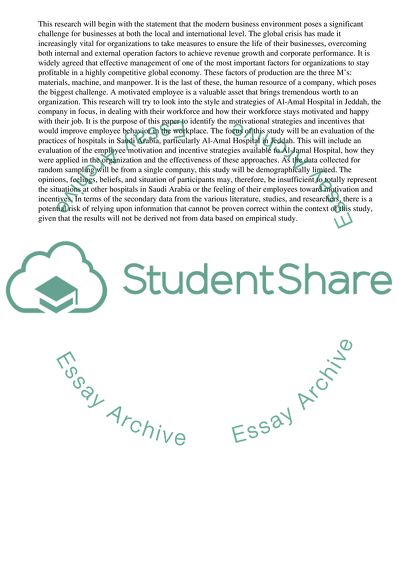Cite this document
(“Motives and Incentives and Their Impact On the Performance of Essay”, n.d.)
Motives and Incentives and Their Impact On the Performance of Essay. Retrieved from https://studentshare.org/management/1584314-motives-and-incentives-and-their-impact-on-the-performance-of-employees-in-government-hospitals-within-the-kingdom-of-saudi-arabia
Motives and Incentives and Their Impact On the Performance of Essay. Retrieved from https://studentshare.org/management/1584314-motives-and-incentives-and-their-impact-on-the-performance-of-employees-in-government-hospitals-within-the-kingdom-of-saudi-arabia
(Motives and Incentives and Their Impact On the Performance of Essay)
Motives and Incentives and Their Impact On the Performance of Essay. https://studentshare.org/management/1584314-motives-and-incentives-and-their-impact-on-the-performance-of-employees-in-government-hospitals-within-the-kingdom-of-saudi-arabia.
Motives and Incentives and Their Impact On the Performance of Essay. https://studentshare.org/management/1584314-motives-and-incentives-and-their-impact-on-the-performance-of-employees-in-government-hospitals-within-the-kingdom-of-saudi-arabia.
“Motives and Incentives and Their Impact On the Performance of Essay”, n.d. https://studentshare.org/management/1584314-motives-and-incentives-and-their-impact-on-the-performance-of-employees-in-government-hospitals-within-the-kingdom-of-saudi-arabia.


